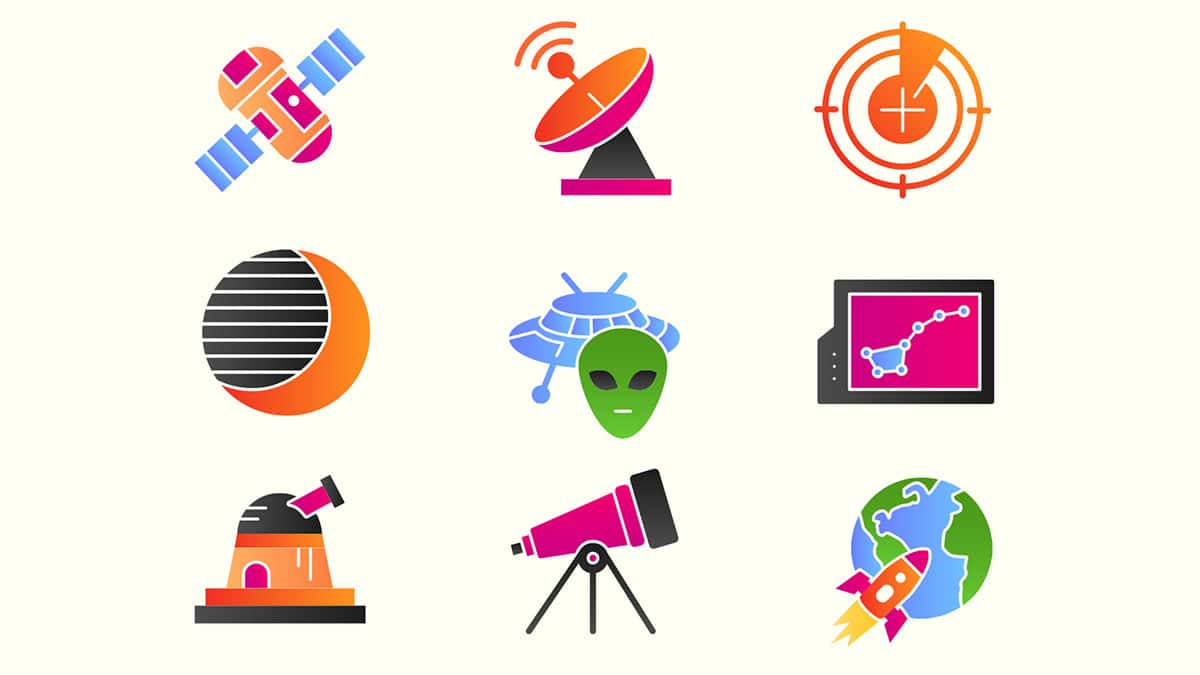Backend-for-Frontend (BFF) generator - Scaffold secure, production-ready BFF services in Go with JWT auth, rate limiting, and comprehensive logging.
# Install
go install github.com/RichGod93/bffgen/cmd/bffgen@latest
# Create BFF
bffgen init my-bff
cd my-bff
# Add routes & generate code
bffgen add-template auth
bffgen generate
# Run server
go run main.go
Output:
✅ BFF project 'my-bff' initialized successfully!
📁 Navigate to the project: cd my-bff
🚀 Start development server: bffgen dev
🔴 Redis Setup Required for Rate Limiting (Chi/Echo only):
1. Install Redis: brew install redis (macOS) or apt install redis (Ubuntu)
2. Start Redis: redis-server
3. Set environment: export REDIS_URL=redis://localhost:6379
Note: Fiber includes built-in rate limiting, no Redis needed
🔐 JWT Authentication Setup:
1. Set JWT secret: export JWT_SECRET=your-secure-secret-key
2. Generate tokens in your auth service
3. Include 'Authorization: Bearer <token>' header in requests
| init | Scaffold new BFF project |
| add-route | Add backend endpoint interactively |
| add-template | Add auth/ecommerce/content templates |
| generate | Generate Go code from config |
| postman | Create Postman collection |
| dev | Run development server |
| config | Manage global configuration |
- JWT Authentication - Token validation with user context injection
- Rate Limiting - Fiber built-in, Chi/Echo with Redis
- Security Headers - XSS, CSRF, Content-Type protection
- CORS Configuration - Restrictive origins, credentials support
- Request Validation - Size limits, content-type validation
Quick Install:
go install github.com/RichGod93/bffgen/cmd/bffgen@latest
From Source:
git clone https://github.com/RichGod93/bffgen
cd bffgen && go build -o bffgen ./cmd/bffgen
sudo mv bffgen /usr/local/bin/
bffgen init my-bff
✔ Which framework? (chi/echo/fiber) [chi]:
✔ Frontend URLs (comma-separated) [localhost:3000,localhost:3001]: localhost:5173
✔ Configure routes now or later?
1) Define manually
2) Use a template
3) Skip for now
✔ Select option (1-3) [3]: 2
bffgen generate
# ✅ Code generation completed!
# 📁 Updated files:
# - main.go (with proxy routes)
# - cmd/server/main.go (server entry point)
bffgen postman
# 📮 Generating Postman collection from bff.config.yaml
# ✅ Postman collection generated successfully!
# 📁 Created file: bff-postman-collection.json
bffgen saves your preferences in ~/.bffgen/bffgen.yaml for re-runs:
bffgen config set framework fiber
bffgen config set cors_origins localhost:5173,myapp.com
bffgen config set jwt_secret my-super-secret-key
bffgen config set redis_url redis://localhost:6379
bffgen config set port 3000
bffgen config set route_option 2
Configuration File Location: ~/.bffgen/bffgen.yaml
# macOS
brew install redis && brew services start redis
# Ubuntu
sudo apt install redis-server && sudo systemctl start redis-server
# Docker
docker run -d -p 6379:6379 redis:alpine
# Verify
redis-cli ping # Should return: PONG
Note: Fiber includes built-in rate limiting, no Redis needed.
export JWT_SECRET=your-super-secure-secret-key-change-in-production
import "github.com/golang-jwt/jwt/v5"
claims := jwt.MapClaims{
"user_id": "123",
"email": "[email protected]",
"exp": time.Now().Add(time.Hour * 24).Unix(),
}
token := jwt.NewWithClaims(jwt.SigningMethodHS256, claims)
tokenString, err := token.SignedString([]byte(os.Getenv("JWT_SECRET")))
curl -H "Authorization: Bearer <your-jwt-token>" http://localhost:8080/api/protected
my-bff/
├── main.go # Generated server with routes
├── bff.config.yaml # Service configuration
├── go.mod # Dependencies
├── README.md # Project docs
└── internal/
├── routes/ # Route definitions
├── aggregators/ # Data aggregation
└── templates/ # Template files
- Fork the repository
- Create feature branch (git checkout -b feature/amazing-feature)
- Commit changes (git commit -m 'Add amazing feature')
- Push to branch (git push origin feature/amazing-feature)
- Open Pull Request
MIT License - see LICENSE file for details.
- Chi Router - Lightweight HTTP router
- Cobra - CLI framework
- JWT - JSON Web Tokens
- Inspired by Backend-for-Frontend pattern by Martin Fowler
.png)






